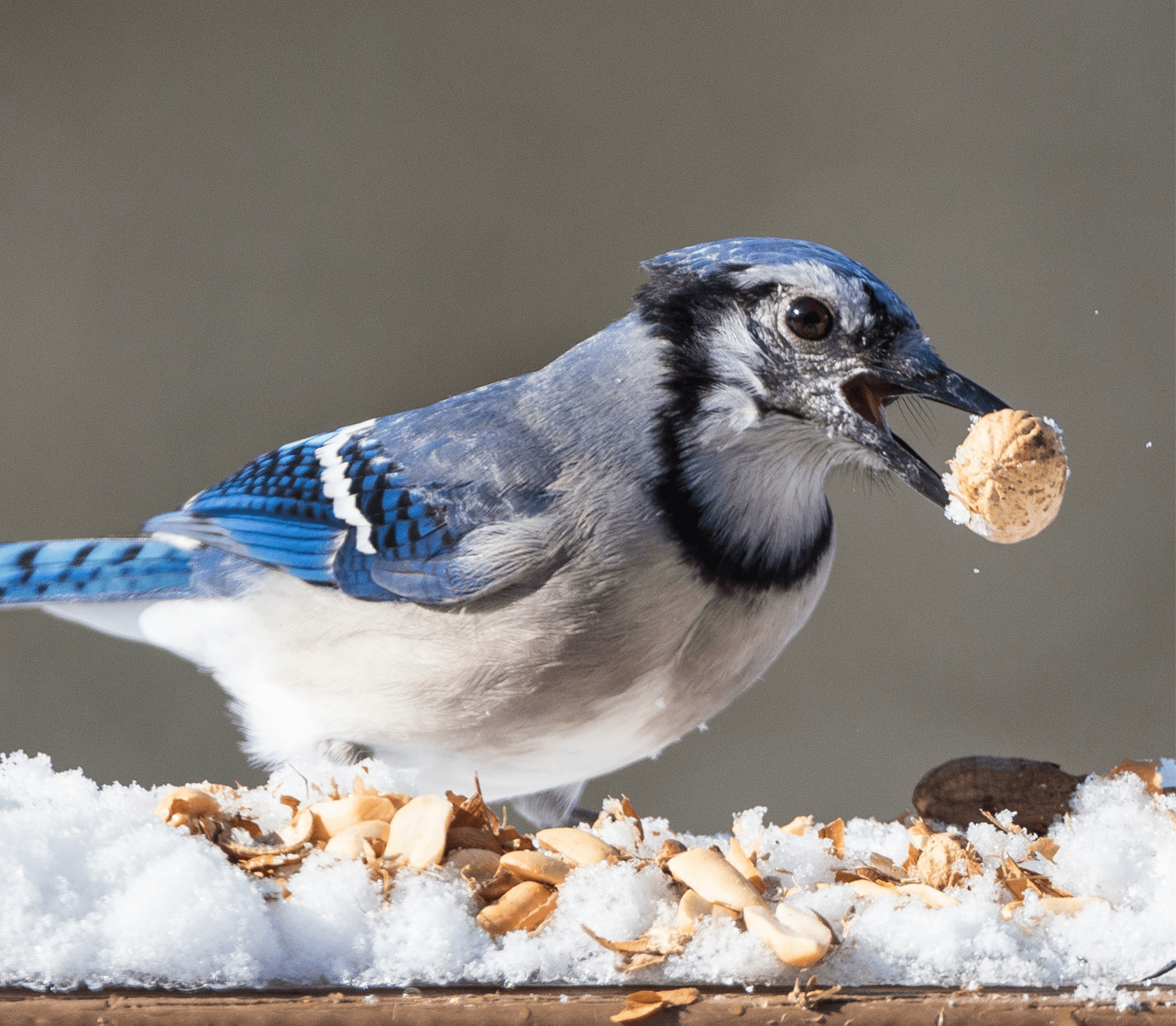15 Warning Signs of Dental Problems in Our Pets
Pet Dental Health Month in February brings attention to a crucial yet frequently neglected aspect of pet well-being. Dental problems can cause considerable discomfort to pets, sometimes even more so than in humans. Unlike humans, pets cannot communicate their dental pain or arrange dental appointments. Thus, it’s essential for pet owners to be vigilant and recognize potential signs of dental issues. In this article, a Ledgeview, WI veterinarian provides valuable insights into identifying and addressing dental problems in pets.
Dental problems are prevalent among our furry friends, and even the most devoted pet owners can miss crucial signs of trouble. Common issues encompass gum disease, abscesses, overcrowding, and misalignments. Dogs, particularly stick-loving canines like Fido, frequently suffer from cracked or broken teeth. Cats, on the other hand, face tooth resorption and feline stomatitis. Awareness of these concerns is essential for conscientious pet care.
Schedule regular vet visits to assess your pet’s dental condition. Remain alert for warning signs between appointments.
- Build up of Tartar
The presence of visible tartar buildup is intricately connected, or paw in hand, with gum disease, resembling its manifestation in humans. The initial stage involves mild gum irritation, termed gingivitis, potentially reversible with diligent care. Sadly, pets frequently miss the opportunity for this reversal. Progression leads to the accumulation of tartar around the gumline, creating pockets of infection, ultimately causing the loss of gum tissue followed by bone.
It’s crucial to grasp that this goes beyond aesthetics; gum disease poses significant dangers. Beyond leading to tooth shifting and loss, it’s correlated with severe health issues such as heart disease, liver, and kidney problems. The infection can travel from pets’ mouths to vital organs through their bloodstream.
Visible brown or yellow residue on your pet’s teeth could indicate the necessity of a deep cleaning. This procedure removes tartar, facilitating gum healing and reattachment. Consult your vet for guidance.
- Unpleasant Breath
Pets aren’t typically associated with minty-fresh breath, but their affectionate nose boops and smooches shouldn’t be unpleasant. Lingering bad breath is a concern, possibly signaling various health issues.
- Bleeding Gums
Bleeding gums, akin to humans, indicate gum disease in pets. Even if apparent changes aren’t visible on your pet’s gums, other clues may surface. Keep an eye out for toy or dish smudges and dark fur stains surrounding their mouth. These subtle signals could hint at underlying dental issues demanding attention.
- Ropy/Excessive Drool
Some dog breeds naturally have a propensity for slobbering. Owners of Bloodhounds, Boxers, Great Danes, Saint Bernards, Mastiffs, Retrievers, or Basset Hounds are familiar with their pets’ propensity for drooling. However, if your typically non-drooling pet starts exhibiting excessive, stringy drool, it could be a sign of an underlying issue that requires attention.
- It’s rare for cats to drool, so if you observe Fluffy drooling, stay vigilant.
- Spilling Food
Although pets may not be the most meticulous eaters, they usually have no trouble directing food into their mouths. Yet, if your beloved companion is grappling with dental issues, chewing may become an uncomfortable or cumbersome endeavor. You might observe them involuntarily dribbling food from the side of their mouth.
- Preferring Soft Food/Treats
Dealing with a sore tooth while chewing is no picnic. Hard food only intensifies the discomfort. You may observe Fido or Fluffy opting for softer items and ignoring their dry food. Your pet might also lose interest in hard treats.
- Lowered Interest in Playtime
Fido’s playful nature often involves using his mouth, meaning dental issues could dampen his enthusiasm for games like Fetch or Tug O War. Similarly, Fluffy might lose interest in batting at a catnip mouse or chasing after the elusive red dot if dental problems affect her ability to enjoy playtime. Dental health significantly influences pets’ enjoyment of activities.
- Swelling
Visible swelling serves as a crucial warning sign. It not only indicates considerable pain for your pet but also hints at the possibility of a severe infection. While all infections carry risks, those near the brain are particularly alarming due to their proximity to vital organs. Urgent veterinary care is imperative to address such critical health issues.
- Resisting Being Touched
Pay attention if your pet begins shying away from head or face contact. This is particularly concerning if your pet typically enjoys forehead rubs or ear scratches. Any sudden aversion to these interactions could signal underlying discomfort or pain, requiring prompt veterinary assessment.
- Cranky Attitude
Have you ever experienced a toothache? It probably didn’t improve your mood. Pain is universally unpleasant. If your furry companion suddenly seems different, withdrawing to a quiet spot and avoiding family interaction, it could indicate discomfort. In severe cases, pets may even growl or snap if their face or mouth is touched. Recognizing these signs promptly is crucial for addressing potential dental issues and ensuring your pet’s well-being.
- Mouth Pawing
This behavior is frequently observed in cats. You might notice your furry pal pawing at her mouth or face. Although it might be a typical grooming behavior for Fluffy, if it seems unusual or excessive, it could signify an underlying problem requiring evaluation by a veterinarian.
- Shaggy Coat (Cats)
Cats are typically skilled at self-grooming, with Fluffy dedicating several hours each day to uphold her soft, clean fur. If your feline friend is grappling with mouth pain, it may impede this routine. Unwell cats often forsake their regular beauty habits, resembling the human tendency to feel unlike themselves during sickness. Detecting alterations in your cat’s grooming behavior becomes a vital cue to vigilantly monitor and address potential health concerns.
- Modifications in Meal Habits
Another key consideration to carefully observe would be any shifts or adjustments in your furry friend’s eating behaviors or routines. As previously outlined, while a preference for softer food can indeed raise concerns, it’s crucial to remain attuned to supplementary indications. Your cherished pet may also demonstrate variations such as prolonged meal durations or alterations in their appetite.
- Lowered Food Intake
Severe dental discomfort in pets can result in a complete loss of appetite, leading to weight loss and potentially malnutrition, posing significant health risks. Reduced appetite may indicate various underlying health problems. Therefore, it’s imperative to promptly consult your veterinarian if your pet shows signs of not eating, ensuring timely intervention and proper management of their dental and overall health.
- Sneezing
Dental issues often result in challenges with nasal passages or sinuses, causing abnormal nasal discharge, a deviation from the norm for pets like Fido or Fluffy. Recognizing these signs underscores the need for timely veterinary assessment.
- More Telltale Signs of Dental Issues
While we’ve separately outlined the prevalent warning signs, some are easily visible to the naked eye, including:
- Inflammation
- Visible Abscesses
- Extra Teeth
- Missing Teeth
Spotting any of these? Reach out to your Ledgeview, WI veterinary clinic without delay.
Let’s Not Forget the Pocket Pets
We mustn’t overlook the dental health of our smallest companions! Creatures like gerbils, hamsters, Guinea pigs, and bunnies have open-rooted teeth, making them susceptible to dental problems due to continuous growth. Providing suitable chew toys is crucial to prevent issues. In addition to the aforementioned signs, be vigilant for indications such as a soiled bottom, teeth grinding, vocalizations of pain, diarrhea, and visibly overgrown teeth, ensuring comprehensive care for these tiny animals.
Maintaining optimal dental health in pets is paramount as dental problems are prevalent and frequently neglected. Warning signs such as tartar buildup, drooling, weight loss, bad breath, changes in eating habits, and visible swelling are indicative of potential dental issues. The significance lies in the fact that pets cannot communicate discomfort verbally, and dental problems can lead to severe complications if left unattended. Tartar buildup, for instance, can progress to gum disease, impacting overall health. Drooling, changes in eating habits, and weight loss signify pain and potential systemic issues. Prompt veterinary intervention is crucial, emphasizing the need for regular dental care to ensure the well-being and longevity of our animal companions.
Have any of these signs caught your attention in your pet? Feel free to contact us at Happy Tails Veterinary Clinic in Ledgeview, WI anytime; we’re eager to lend a hand!



